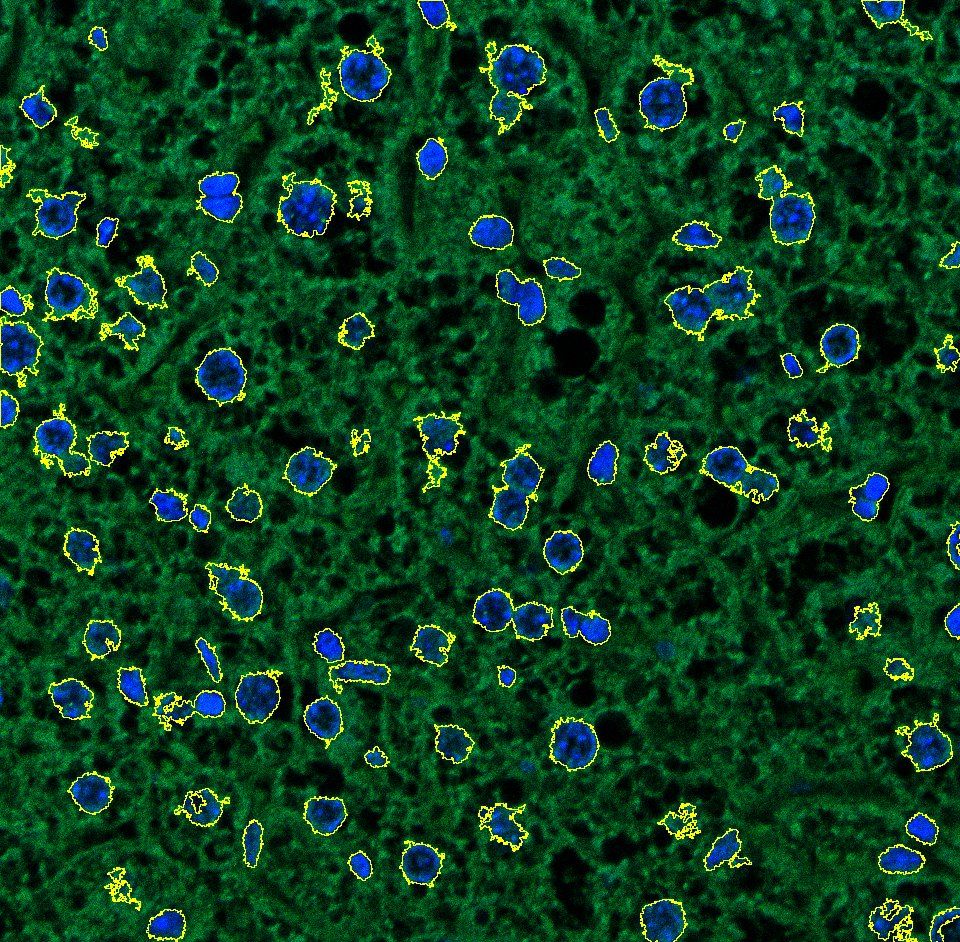filetype=".
bmp";
dir=getDirectory("Choose a Directory");
list = getFileList(dir);
print("Image name", "\t", "\t", "Red channel", "\t", "Green channel", "\t", "Blue channel");
for (i=0; i<list.length; i++) {
if (endsWith(list[i], filetype)){
print(i + ": " + dir+list[i]);
open(dir+list[i]);
imgName=getTitle();
run("Split Channels");
selectWindow(imgName + " (blue)");
setAutoThreshold("Mean dark");
getThreshold(lowerblue,upperblue);
close();
selectWindow(imgName + " (green)");
setAutoThreshold("Mean dark");
getThreshold(lowergreen,uppergreen);
close();
selectWindow(imgName + " (red)");
setAutoThreshold("Mean dark");
getThreshold(lowerred,upperred);
print(imgName, "\t", "RGB", "\t", lowerred, "\t", lowergreen, "\t", lowerblue);
run("Close All");
}
}
selectWindow("Log");
saveAs("text", dir+"lower thresholds.txt");
